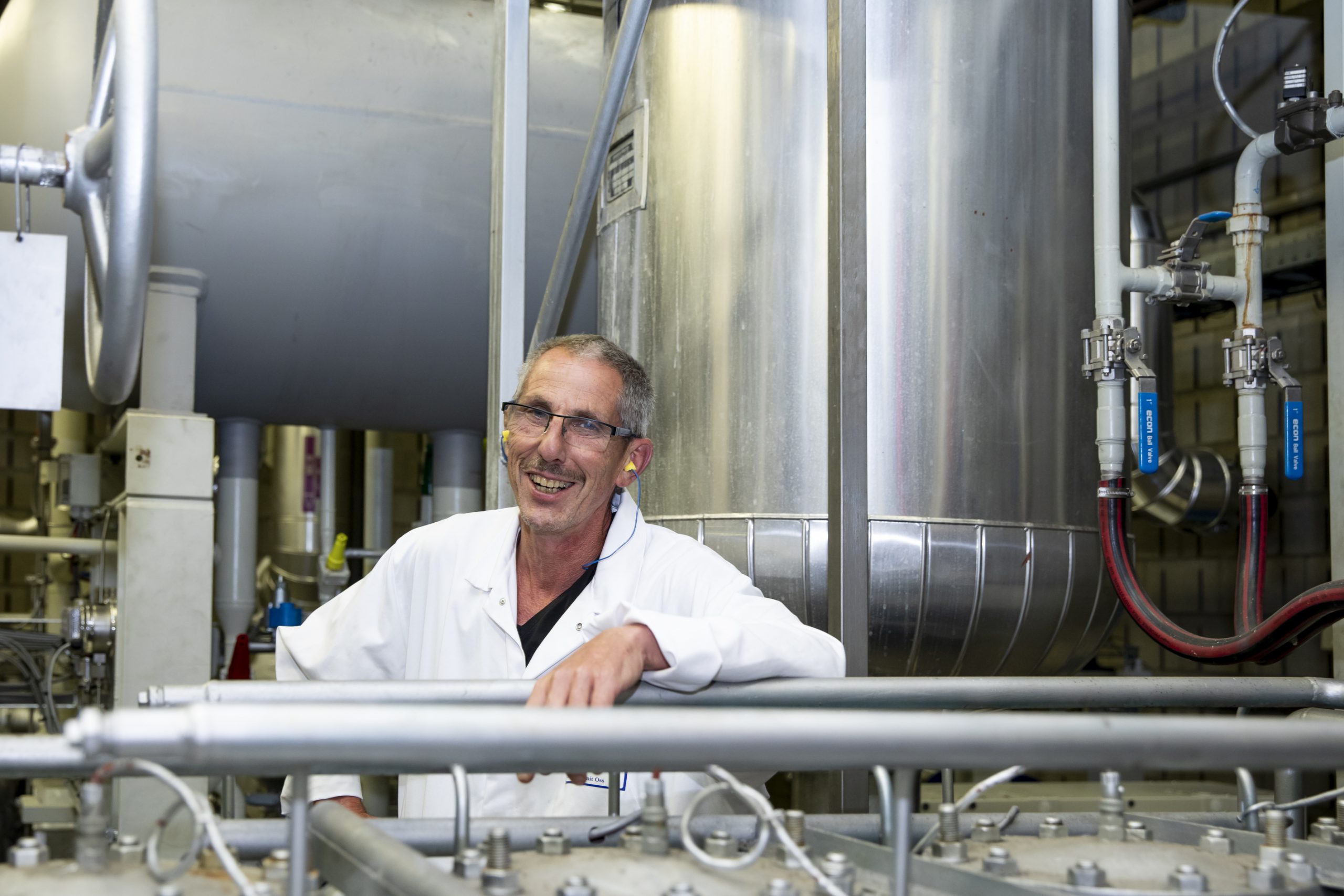How much energy does our factory consume? And where can we make savings? Based on these questions, Zwanenberg Food Group – well known for the Kips and Unox brands – conducted an energy scan. The scan resulted in various savings projects. Equans implemented one of those projects: the design and installation of a heat recovery system.

Zwanenberg’s branch in Oss has various cold stores and freezer systems. These contain thousands of kilos of meat destined for processing into cold meats, grill and liver sausage and canned meat. The refrigeration system releases a considerable amount of residual heat. In the past, Zwanenberg discharged that heat into the outside air through the condenser at the back of the system, although it could have been used more productively. Because they actually had a separate steam boiler to heat water for production and cleaning processes. A very expensive solution, given the huge amount of gas it consumes.
“We were actually wasting energy in two ways: by discharging heat into the outside air and by heating the water with the steam boiler. Unsurprisingly, a heat recovery system, including a heat pump, was one of the savings options that Equans proposed. This option also enables us to comply with the government’s objective to phase out natural gas by 2050,” says Maintenance Manager Grad van Schijndel. The energy scan calculated Zwanenberg’s total energy consumption. This clearly illustrated the requirements for the heat recovery system: it had to be able to provide 2,275 kW of heat for 4,000 hours per year and recoup the costs in 3 years. “We submitted our design question to Equans, which has looked after our refrigeration technologies for the past 20 years. When you take on a challenge like this, a reliable partner is the logical starting place.”

Equans proposed integrating the heat pump system into the existing operating process. Van Schijndel: “The customised design and the piping system fitted exactly in the small engine room. Because of the strict hygiene requirements in the production areas, that was a massive bonus for us. It would never have been possible with a standard heat pump. During the installation process, Equans’s engineers and project manager operated very independently. Apart from my regular meetings with them, that meant that I was able to focus on my core activities.”
The installation of the heat recovery system was completed at the end of 2017. Since then, the heat pump has been running in the cold store. Which is exactly where a lot of usable residual heat is released. Jos Vroom, Project Manager at Equans, explains: “The ammonia-based refrigeration system extracts heat from products. Whereas that heat is normally released into the surroundings through the condenser at the back of the refrigeration system, now the heat pump picks up those 30°C gases. An exchanger in the heat pump uses the gases to heat the water (temperature 10°C) to 53°C. That water is very useful for all kinds of production and cleaning processes.”

Zwanenberg immediately felt the impact of the heat pump in its pockets. Whereas the steam boiler required 9,100,000 kWh of energy a year to heat the water, the heat recovery system with the heat pump needs only 464,000 kWh a year. That is just 5% of what it used to be! On an annual basis, this generates savings of almost €170,000 euros. It is also highly beneficial for the environment: thanks to the heat pump, the food producer now emits 1,765 tons of CO2 less every year, which is the same as the average annual emissions of more than 700 petrol vehicles.
“Furthermore, the condenser in the refrigeration system doesn’t have to work so hard to discharge the heat from the refrigeration system. That’s because the heat pump is already absorbing the heat in the refrigeration system,” says Vroom.
Scaling up to achieve greater potential
Zwanenberg plans to scale up the production process in the future. An extra 50 percent of capacity will be added. That means more refrigeration and therefore more residual heat. This will enable the heat pump to run for longer and use more residual heat for other purposes. Van Schijndel: “The solution may have even more potential.”


